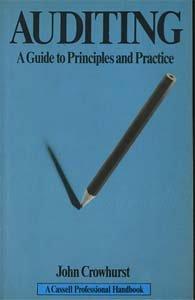Answered step by step
Verified Expert Solution
Question
1 Approved Answer
Sheridan Inc. had net income for the current year ending December 3 1 , 2 0 2 3 of $ 9 2 5 , 6
Sheridan Inc. had net income for the current year ending December of $ During the entire year, there were common shares outstanding. The company had two classes of preferred shares outstanding: the Class A preferred shares were $ cumulative shares of which were outstanding, and were convertible to common shares at a rate of : There were $ Class B noncumulative preferred shares outstanding that were also convertible at a rate of : Sheridan had outstanding a $ bond issued at par in that was convertible to common shares. The company also had outstanding a $ bond issued at par in that was convertible to common shares. No dividends were declared or paid this
year. Sheridan's tax rate is
E Determine an incremental per share effect for bonds. Round earnings per share to decimal places, eg
Potentially dilutive security Incremental
Numerator Effect Incremental
Denominator Effect EPS
Bonds $ $
F Calculate the aftertax interest paid on the bonds.
Aftertax interest on bonds converted $
G Determine an incremental per share effect for bonds. Round earnings per share to decimal places, eg
Potentially dilutive security Incremental
Numerator Effect Incremental
Denominator Effect EPS
Bonds $ $
H Determine an incremental per share effect for Class A preferred shares. Round earnings per share to decimal places, eg
Potentially dilutive security Incremental
Numerator Effect Incremental
Denominator Effect EPS
Class A preferred shares $ $
I. Determine an incremental per share effect for Class B preferred shares. Round earnings per share to decimal places, eg
Potentially dilutive security Incremental
Numerator Effect Incremental
Denominator Effect EPS
Class B preferred shares $ $
J Rank the potentially dilutive securities from most dilutive to least dilutive.
Options: Rank Rank Rank Rank AntiDilutive
bonds
bonds
Class A preferred shares
Class B preferred shares
K Calculate diluted earnings per share. Round calculations of EPS to decimal places, eg $ and provide final answer to decimal places, eg
Numerator Denominator EPS
Basic $ $
Choose : bonds, or bonds, or Class A preferred shares, or Class B preferred shares
Sub Total
Choose : bonds, or bonds, or Class A preferred shares, or Class B preferred shares
Sub Total
Choose : bonds, or bonds, or Class A preferred shares, or Class B preferred shares
$ $
Diluted EPS
Step by Step Solution
There are 3 Steps involved in it
Step: 1

Get Instant Access to Expert-Tailored Solutions
See step-by-step solutions with expert insights and AI powered tools for academic success
Step: 2

Step: 3

Ace Your Homework with AI
Get the answers you need in no time with our AI-driven, step-by-step assistance
Get Started


